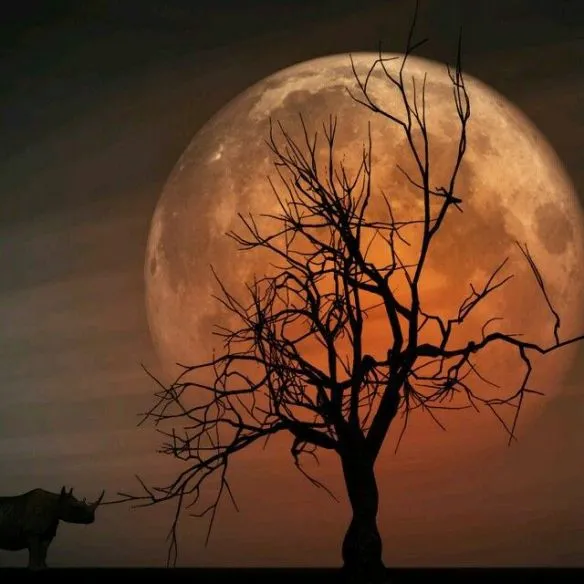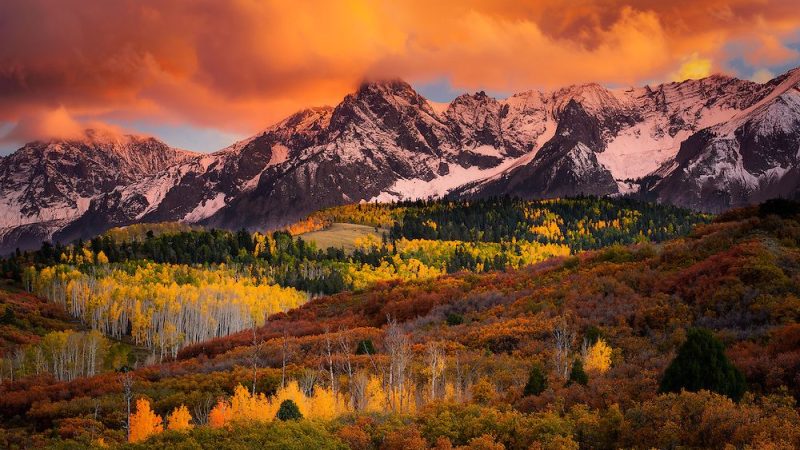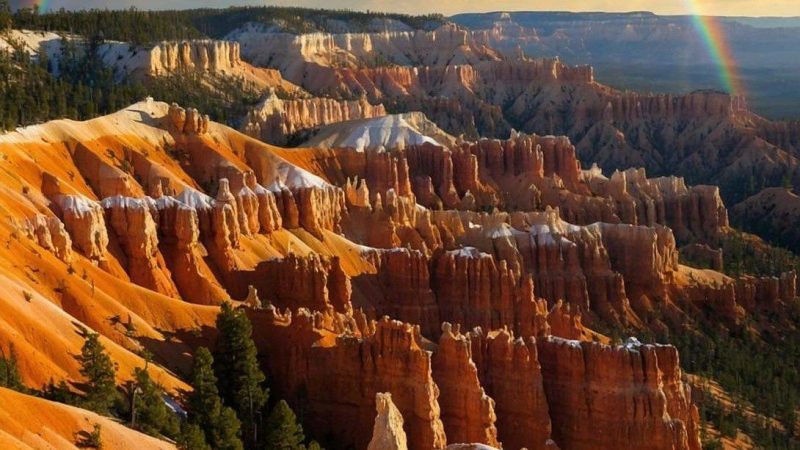“Moon Magic: Exploring the Enchanting Wonders and Mysteries of our Celestial Companion”

Prepare to be spellbound by an enchanting natural wonder, a breathtaking spectacle that simply cannot be missed – the Moon. Throughout countless generations, humanity has been captivated by the enigmatic allure of our celestial companion. Suspended amidst the vast expanse of space, its radiant silver glow and captivating presence have evoked a sense of awe and wonder, serving as a muse for countless artistic endeavors. In this article, we invite you to embark on a captivating expedition, delving into the fascinating mysteries and irresistible appeal of our nearest cosmic neighbor, the Moon.
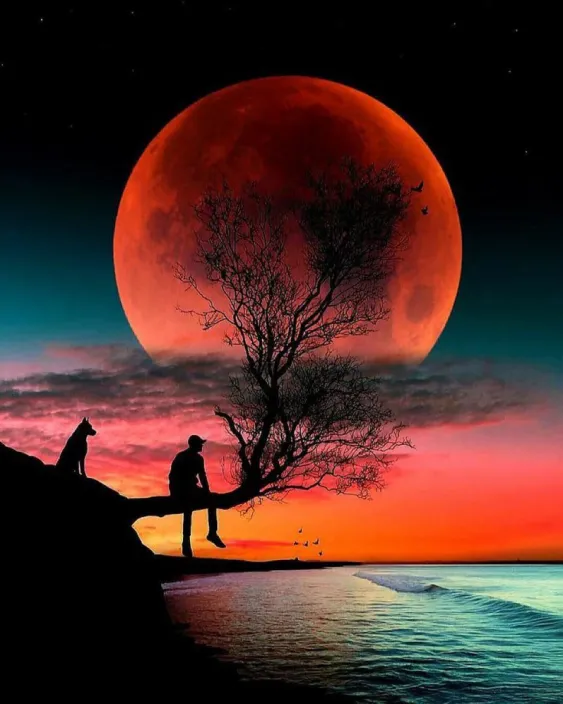
The Moon’s Celestial Dance: The Moon gracefully orbits around our planet, completing a cycle in approximately 29.5 days. Its orbit brings about the mesmerizing phases, from the waxing crescent to the full moon and then to the waning crescent. Each phase tells a unique story, casting its ethereal glow upon the Earth and setting the stage for nocturnal beauty.
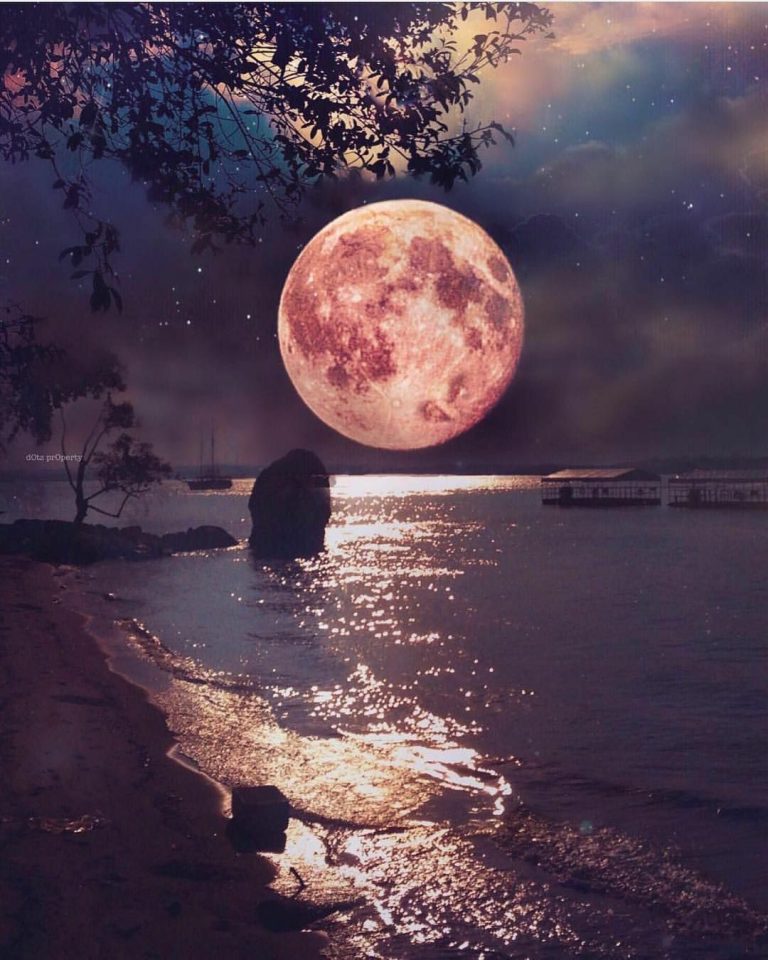
Lunar Origins and Features: Scientists believe that the Moon formed billions of years ago through a colossal collision between Earth and a Mars-sized object. Its surface is adorned with various topographical features, including vast plains called “maria,” towering mountains, deep craters, and rugged highlands. These lunar landscapes bear witness to ancient volcanic activity and meteorite impacts that have shaped the Moon’s surface over eons.
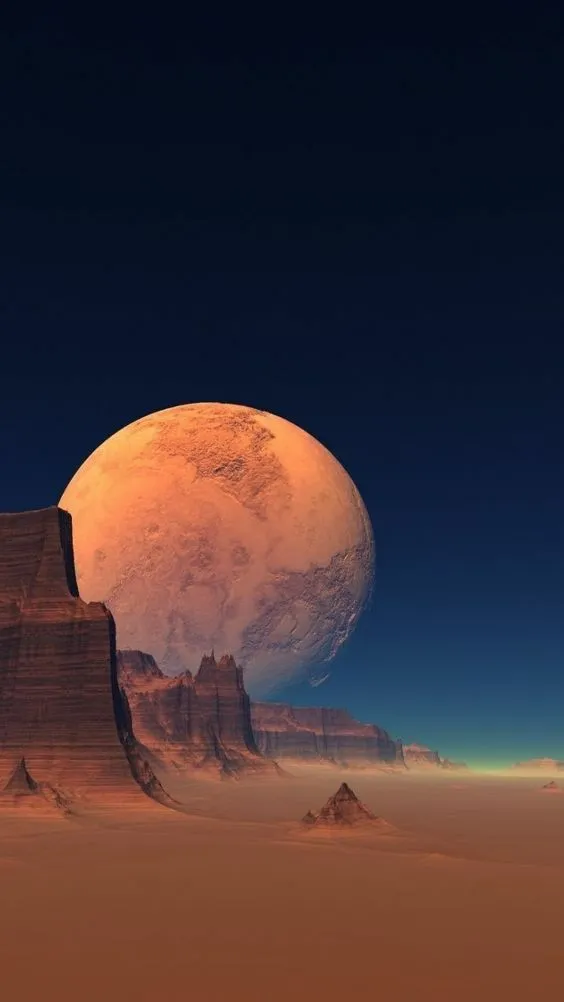
The Far Side of the Moon: While the near side of the Moon is familiar to us, the far side, often referred to as the “dark side,” remained hidden from human sight until the space age. In 1959, the Soviet spacecraft Luna 3 captured the first-ever images of the far side, revealing a mysterious and starkly different terrain. The dark side of the Moon presents a fascinating realm that continues to intrigue scientists and space enthusiasts alike.
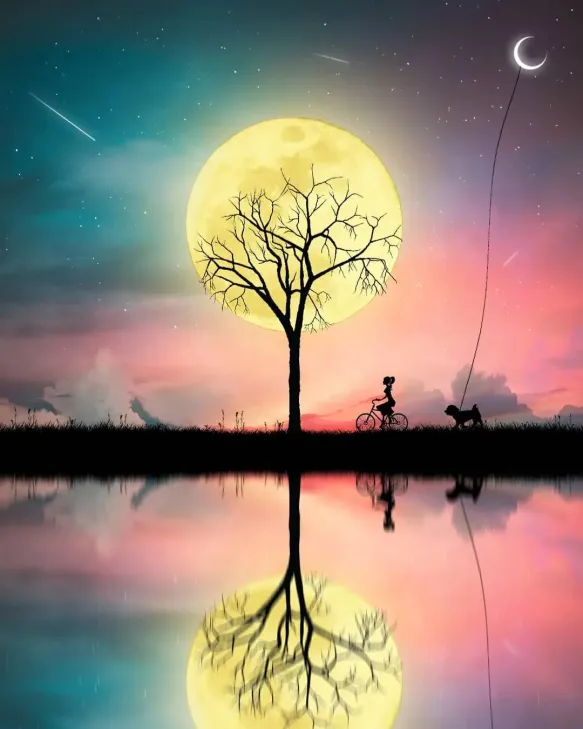
Lunar Exploration: Throughout history, the Moon has been a beacon of curiosity, beckoning humanity to reach for the stars. The Apollo missions of the 1960s and 1970s marked a significant milestone in human exploration, with Apollo 11 becoming the first mission to land astronauts on the lunar surface. Neil Armstrong’s iconic words, “That’s one small step for man, one giant leap for mankind,” remain etched in our collective memory, symbolizing the indomitable spirit of discovery.
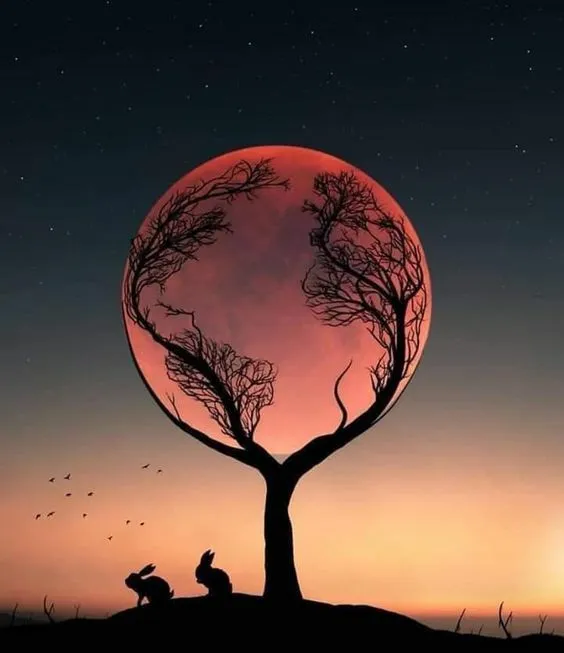
The Moon’s Influence on Earth: Beyond its celestial beauty, the Moon also plays a vital role in shaping our planet. Its gravitational pull causes the ocean tides, affecting marine life and coastal ecosystems. Moreover, the Moon’s presence has influenced cultures across the globe, inspiring countless myths, legends, and artistic creations that celebrate its mystical essence.
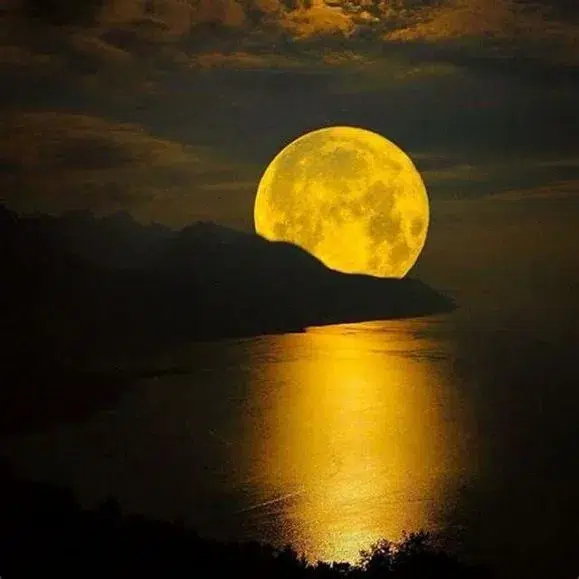
As we gaze up at the Moon, let us be reminded of the wonder and mystery that surround us in the vastness of the universe. The Moon, with its celestial dance, lunar origins, and captivating exploration history, continues to captivate our hearts and fuel our endless curiosity. May we forever cherish the enchanting beauty and the profound influence of our nearest cosmic neighbor, the Moon.
